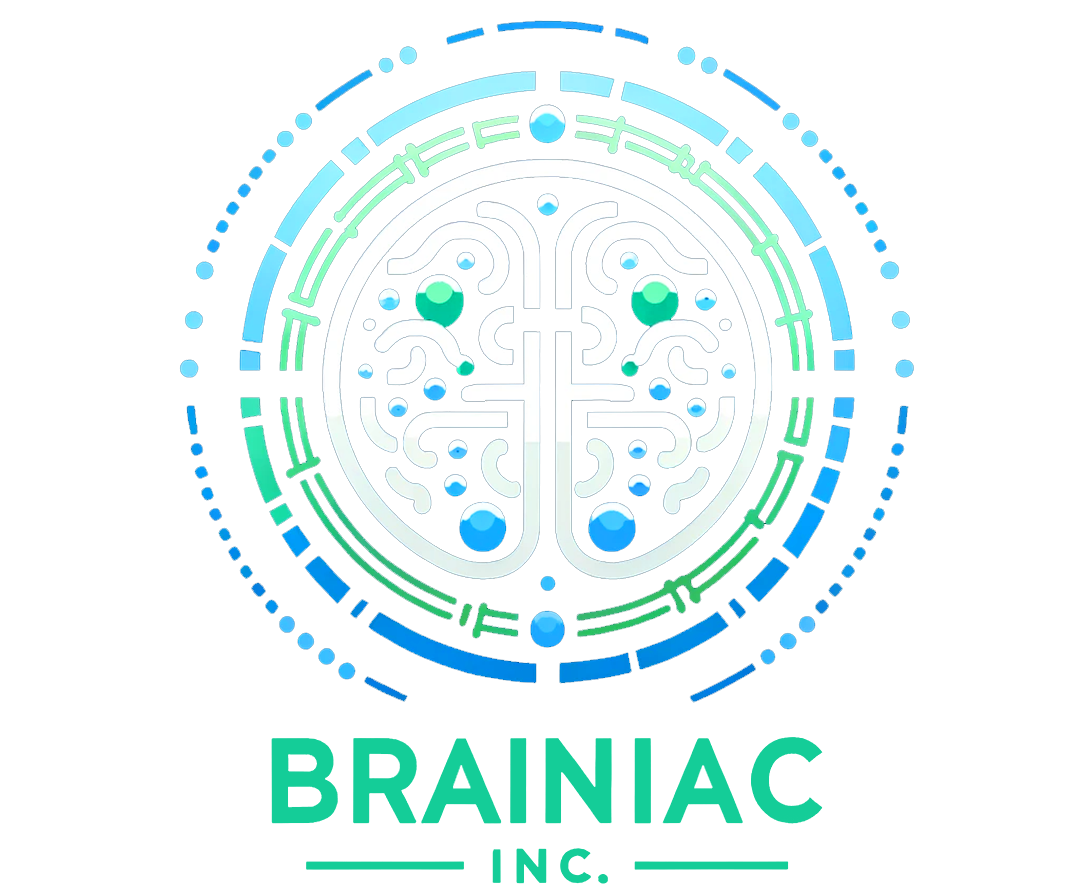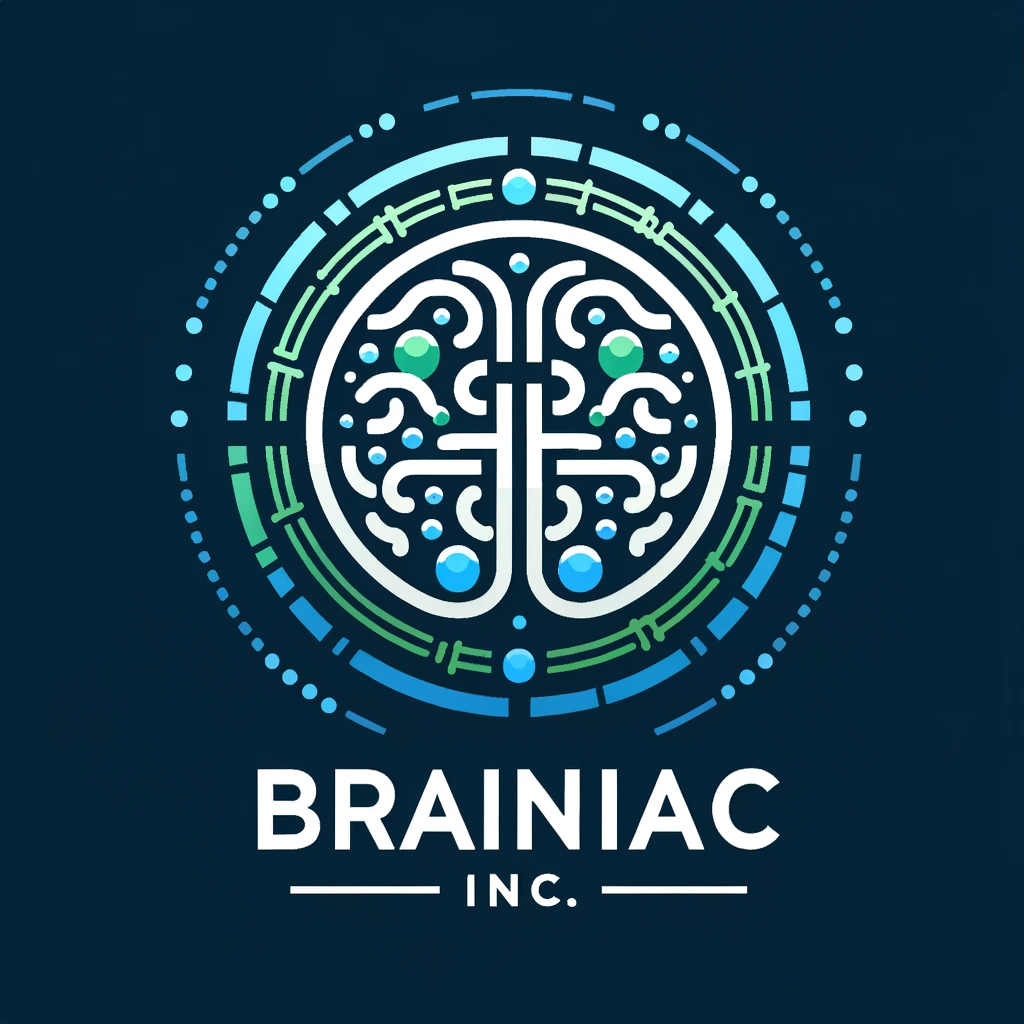In a world where consumers are bombarded with ads, promotions, and constant sales pitches, many brands struggle to stand out. But then, there are those companies that effortlessly capture and maintain customer attention without being intrusive. What’s their secret? The shift to inbound marketing—an approach focused on attracting customers through valuable, relevant content and meaningful interactions rather than pushing products in their face.
Inbound marketing isn’t just another trend; it’s a fundamental change in how businesses engage their audience, and it’s transforming customer relationships for the better. In this post, we’ll explore how inbound marketing is reshaping customer engagement, dive into emerging trends, and look at practical strategies you can use to stay ahead.
Why Inbound Marketing Works: A Customer-Centric Approach
The traditional marketing approach involves shouting your message as loudly as possible through channels like ads, direct mail, and cold calls. The problem? Most customers tune these out because they feel irrelevant, disruptive, and impersonal.
Inbound marketing flips that script. It’s about earning customer attention by providing content that is useful, personalized, and tailored to their needs. Instead of chasing customers, you attract them with solutions to their problems, insights into their challenges, and content that resonates with their interests.
At its core, inbound marketing prioritizes the customer experience, focusing on how your brand can add value rather than simply make a sale.
Personalization: The Key to Transforming Engagement
One of the most significant ways inbound marketing is enhancing customer engagement is through the power of personalized content. With tools like HubSpot’s Smart Content or Marketo’s Content AI, marketers can create content tailored to individual customer preferences, behaviors, and buying journeys.
This means instead of sending the same generic message to everyone, you can send specific, relevant content to different segments of your audience. For example, if a lead has shown interest in a specific product category, inbound strategies can deliver blog posts, product guides, or case studies that speak directly to that interest.
Key Strategy:
- Segment your audience: Use customer data to group your audience by demographics, behavior, or purchase history.
- Leverage AI-driven tools: Tools like Adobe Sensei can analyze user behavior to predict what content is likely to resonate with each individual.
By creating personalized, valuable content, you build a deeper connection with your audience, making them more likely to engage with your brand and trust your expertise.
Engaging Customers Through Social Media: Building Conversations, Not Campaigns
In the age of social media, real-time engagement is crucial. Customers expect brands to be present and responsive. The good news is that platforms like Sprout Social, Hootsuite, and HubSpot’s Social Media Tools make it easier than ever to engage directly with your audience where they spend most of their time.
Social media is more than just a broadcasting platform—it’s a two-way street. By using inbound marketing strategies on social media, businesses can build communities, join conversations, and foster meaningful interactions that feel personal and authentic. Whether it’s responding to a customer’s comment, offering support through direct messaging, or engaging in trending discussions, brands can create real connections.
Key Strategy:
- Be proactive, not reactive: Don’t wait for customers to come to you. Use social listening tools to track mentions of your brand or industry, then engage in relevant conversations.
- Consistency matters: Keep a regular social media presence by posting valuable content and responding to followers in a timely manner.
Social media is where many customers form their first impressions of your brand. An inbound strategy ensures that impression is a positive, engaging one.
Creating Interactive Experiences: Beyond Passive Consumption
Consumers no longer want to simply consume content—they want to engage with it. That’s why interactive and immersive content has become a cornerstone of modern inbound marketing strategies. Whether through quizzes, polls, interactive infographics, or virtual experiences, brands are finding ways to actively involve customers in their messaging.
For example, using a tool like Typeform to create engaging surveys or quizzes can help businesses collect insights into customer preferences while also entertaining their audience. Similarly, immersive experiences like Augmented Reality (AR) or Virtual Reality (VR) content can capture attention in new and exciting ways.
Key Strategy:
- Incorporate interactive elements: Add features like polls, quizzes, and assessments that encourage customers to engage with your content actively.
- Use data to refine your strategy: Analyze the data from these interactions to better understand what customers care about and adjust your content accordingly.
Interactive content doesn’t just entertain—it provides brands with valuable insights into customer behavior and preferences while fostering a deeper level of engagement.
The Role of Community Building in Marketing

Inbound marketing goes beyond attracting leads—it’s about community building. When customers feel like they are part of something bigger, their loyalty increases exponentially. Inbound strategies focus on building communities where customers can connect with each other and the brand.
Platforms like Facebook Groups, LinkedIn Communities, or branded community forums offer customers a space to share experiences, collaborate, and engage with the brand on a more personal level. Encouraging user-generated content, highlighting customer stories, and offering a platform for feedback helps to cultivate a community that feels connected and valued.
Key Strategy:
- Create branded communities: Launch dedicated spaces where customers can connect with each other and share their experiences with your brand.
- Encourage engagement: Highlight customer stories, respond to questions, and participate in discussions to foster a sense of belonging.
Communities don’t just help retain customers—they turn them into advocates who promote your brand organically.
Measuring Engagement: Tracking the Right Metrics
All of these efforts are wasted if you can’t measure their impact. Inbound marketing strategies are data-driven, and it’s crucial to track the right engagement metrics to continuously improve. Whether it’s time spent on your website, click-through rates on your emails, or engagement on social media, understanding how your audience is interacting with your content provides the insights you need to fine-tune your strategy.
Tools like Google Analytics, HubSpot’s Reporting Dashboards, and Sprout Social provide in-depth analytics that can help you identify what’s working, where customers are dropping off, and how to optimize your efforts for maximum engagement.
Key Strategy:
- Track engagement metrics: Focus on KPIs like bounce rate, time on site, and conversion rates to understand how well your content is resonating with your audience.
- Optimize based on insights: Use the data to tweak your inbound marketing strategy, making adjustments to keep your content fresh and relevant.
Inbound marketing is a continuous cycle of attracting, engaging, and optimizing. The more you learn about your audience’s behavior, the better you can tailor your content to meet their needs.
Final Thoughts: Inbound Marketing is the Future of Customer Engagement
Inbound marketing is fundamentally changing how businesses engage with their audiences. It’s no longer about broadcasting a message but creating valuable, personalized experiences that attract customers naturally. Whether through personalized content, social media engagement, interactive experiences, or community building, the future of inbound marketing is bright—and it’s centered around meaningful, lasting connections.
As businesses continue to adopt inbound strategies, those that prioritize engagement will not only capture attention but build the kind of customer loyalty that drives long-term success.
At Brainiac Consulting, we help businesses implement cutting-edge inbound marketing strategies that turn customer engagement into real growth. Let’s work together to create content that resonates, engages, and converts.




